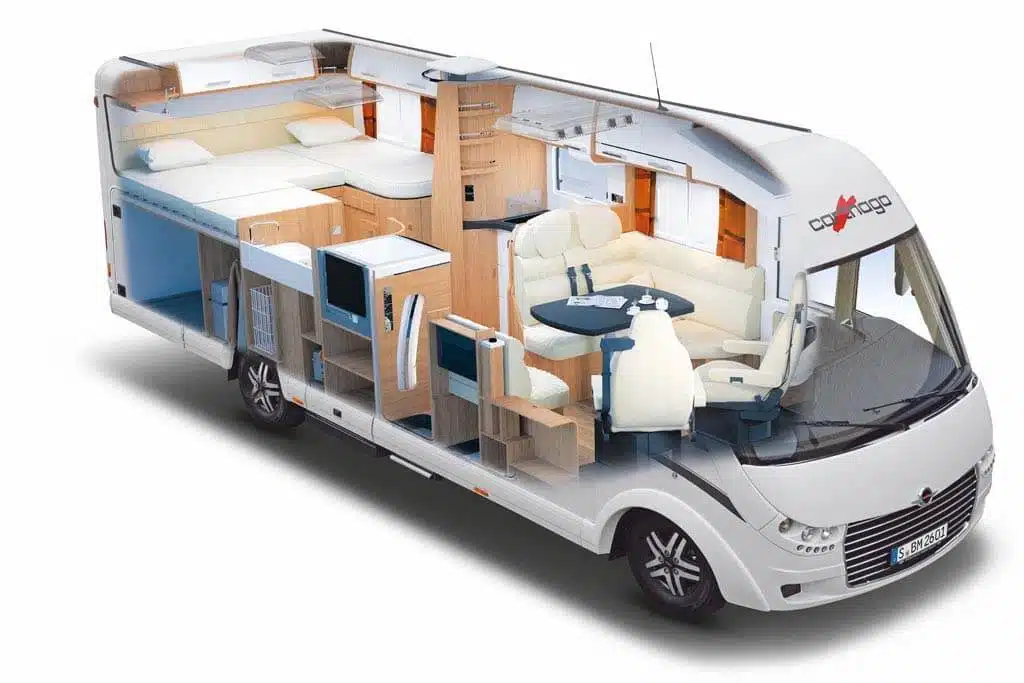In 1930, Cadillac rocked the luxury car establishment with the sensational debut of their all-new sixteen-cylinder engine. The unveiling of the V16 and its twelve-cylinder sibling marked Cadillac's opening salvo in the so-called multi-cylinder war that followed. The race to match Cadillac's prestige ultimately spelled the end for Marmon, Auburn, and others that tried to follow suit but lacked the budget to survive the ensuing economic meltdown. With few peers, the Cadillac V16 was one of the most sought-after luxury cars in America, offering 175 horsepower and unparalleled refinement. Named for its displacement in cubic inches, the Series 452 V16 shared its architecture and overhead-valve layout with the smaller V12. The mighty engine's size and power required a new, strengthened frame with improved braking and damping, along with a more robust gearbox, axles, and more. The chassis also had to cope with large and heavy coachwork, typically in the form of elaborate, lavishly trimmed limousines and sedans from GM's primary body suppliers, Fleetwood and Fisher. However, a select few customers opted for something altogether more sporting, choosing Fleetwood's marvelous 2/4-passenger roadster.
Considered by many to be the Holy Grail of V16 Cadillacs, the Fleetwood roadster is undoubtedly one of the classic era's most iconic motorcars. Roadsters accounted for a tiny fraction of production compared to sedans and limousines, and many existing cars are made up from spares or cut from coupes. This marvelous example, chassis 703165, is one of a handful of genuine V16 roadsters, verified by the original build sheet supplied by GM Archives. It is beautifully presented in Silver Mink over Sable Brown fenders, offered in excellent order with a very-well preserved older restoration that benefits from recent freshening.
According to registry and build sheet data, this car was completed by Fleetwood and shipped to Mabbett Motors of Rochester, New York, on September 18, 1931. Little else of its early history is documented, until it resurfaced in the 1960s when "Cadillac Jim" Pearson of Kansas City, Kansas, acquired it from Mr. Lou Moore of State College, PA. Pearson was one of the pioneering characters of the car-collecting hobby, and he saved numerous classics from the scrap-heap when the general public considered them little more than "used cars." In the 1970s, another renowned collector, Mr. Dick Gold of Minnesota, bought this Cadillac from Jim Pearson, and it is believed he commissioned a full, nut-and-bolt restoration. Besides being a respected expert and collector, Mr. Gold also served as the CCCA President. After restoration, the Cadillac earned both AACA National First Prize and CCCA Senior First Prize awards and appeared at prestigious concours events for decades after. Gold sold the car in the late 1980s, before it was passed to a European collector. Subsequent owners included a roster of well-known and respected enthusiasts who maintained the car in excellent condition through the years.
As offered here, the Cadillac V16 Roadster presents in excellent condition, with well-preserved, gently matured restoration. The sable brown over silver mink paint is quite attractive, with a few minor imperfections on close inspection consistent with the restoration's age. Accessories include dual side-mount spares, Pilot Ray driving lamps, stone guard, chrome hood vent doors, painted trunk Goddess mascot, and more. The car wears new Firestone whitewall tires on chrome wire wheels and a newly fitted chocolate brown canvas top provides a lovely complement to the livery.
The brown leather upholstery is restored to period-correct standards and is presented in fine condition, showing some light creasing from use that enhances its appealing character. Carpets and interior panels are excellent, as are controls and chrome interior fittings. There is a matching brown leather rumble seat behind the cockpit, which shows slight signs of use. Side curtains and the top boot are stowed on the rear floor and accessed via the golf bag door.
The Cadillac V16 was one of the first examples of a styling department influencing engine design. Harley Earl's newly formed Art and Colour Section at GM was flexing its muscles, and he rightly suggested that an engine of such stature deserved to be a showpiece. Earl's influence is seen in the linear Art Deco detail on the valve covers and the clean, uncluttered appearance. Wires and plumbing are tucked out of sight, and the engine is finished in beautiful black porcelain enamel. The enamel finishes are in excellent condition on this car, with few indications of heat-related cracking in the manifolds. Overall, the mighty V16 is tidy, clean, and appropriately detailed for an older, award-winning restoration.
The pairing of Cadillac's magnificent sixteen-cylinder engine with Fleetwood's glamorous, sporting roadster coachwork created one of the preeminent American cars of the Classic Era. This well-known, finely restored, and documented example represents the ultimate in 30s-era glamor and will undoubtedly be a star of its next keeper's collection.

 Automobile
Automobile





 Project and construction machinery
Project and construction machinery
 Companies
Companies

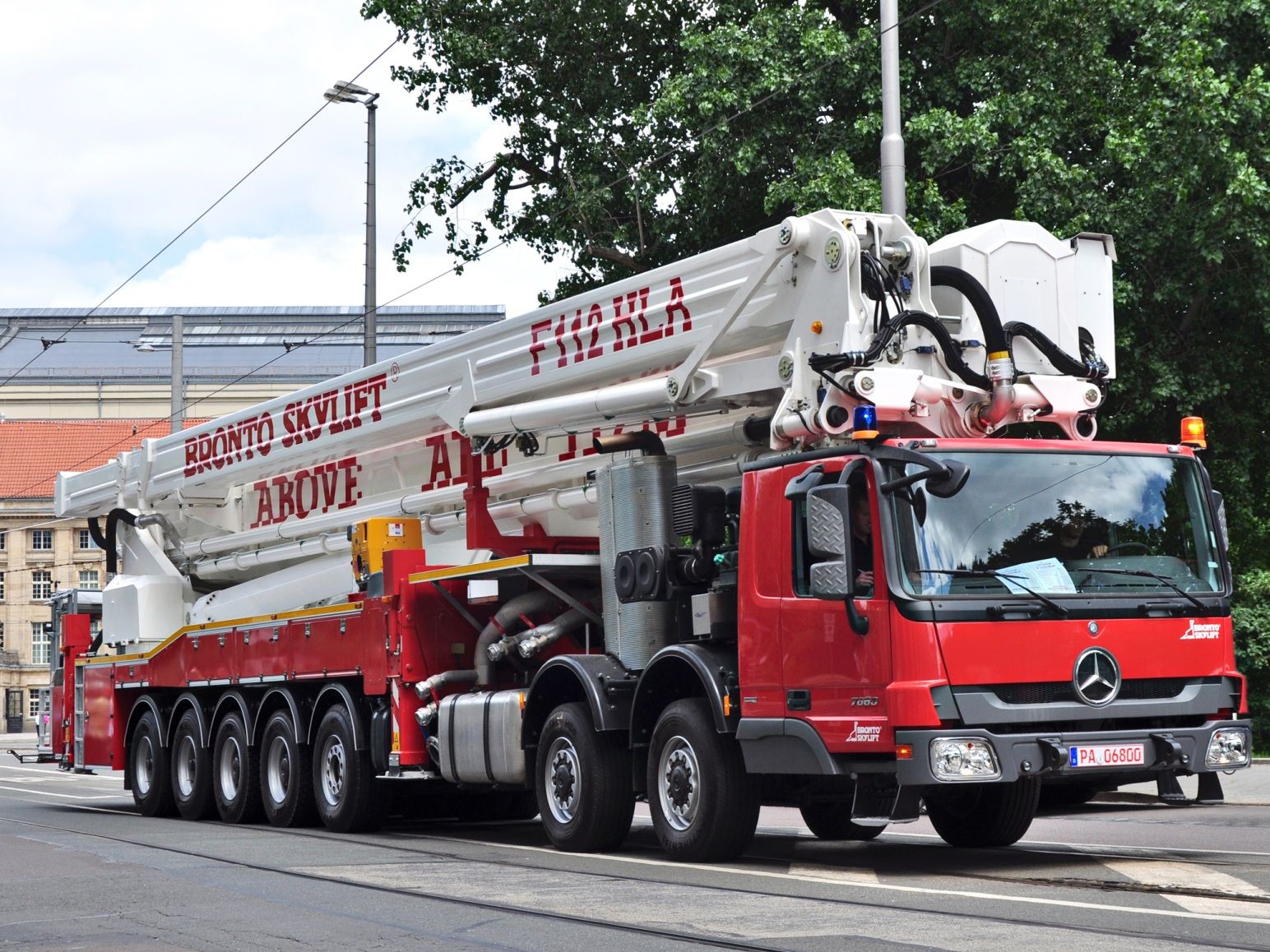
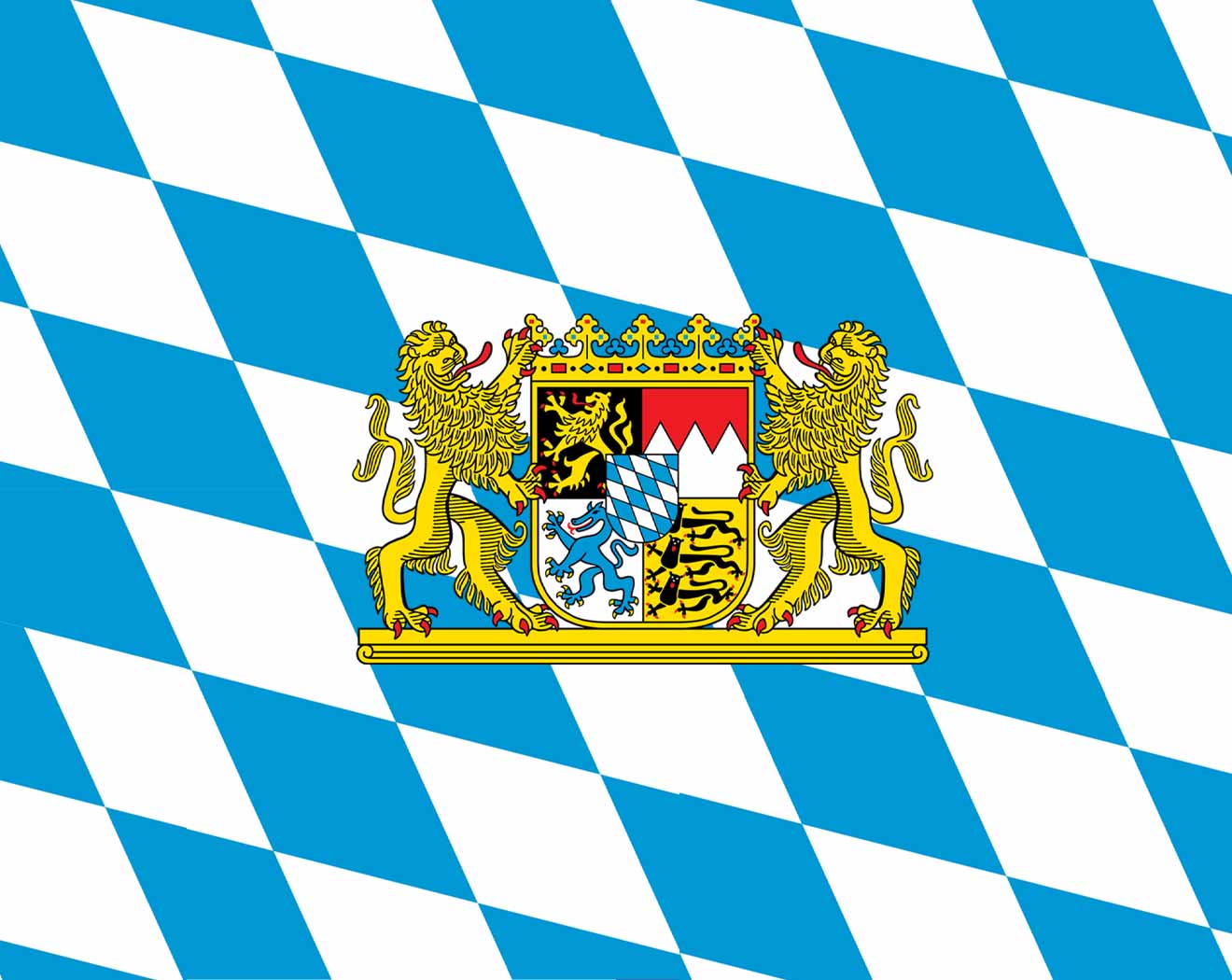 Bavaria
Bavaria

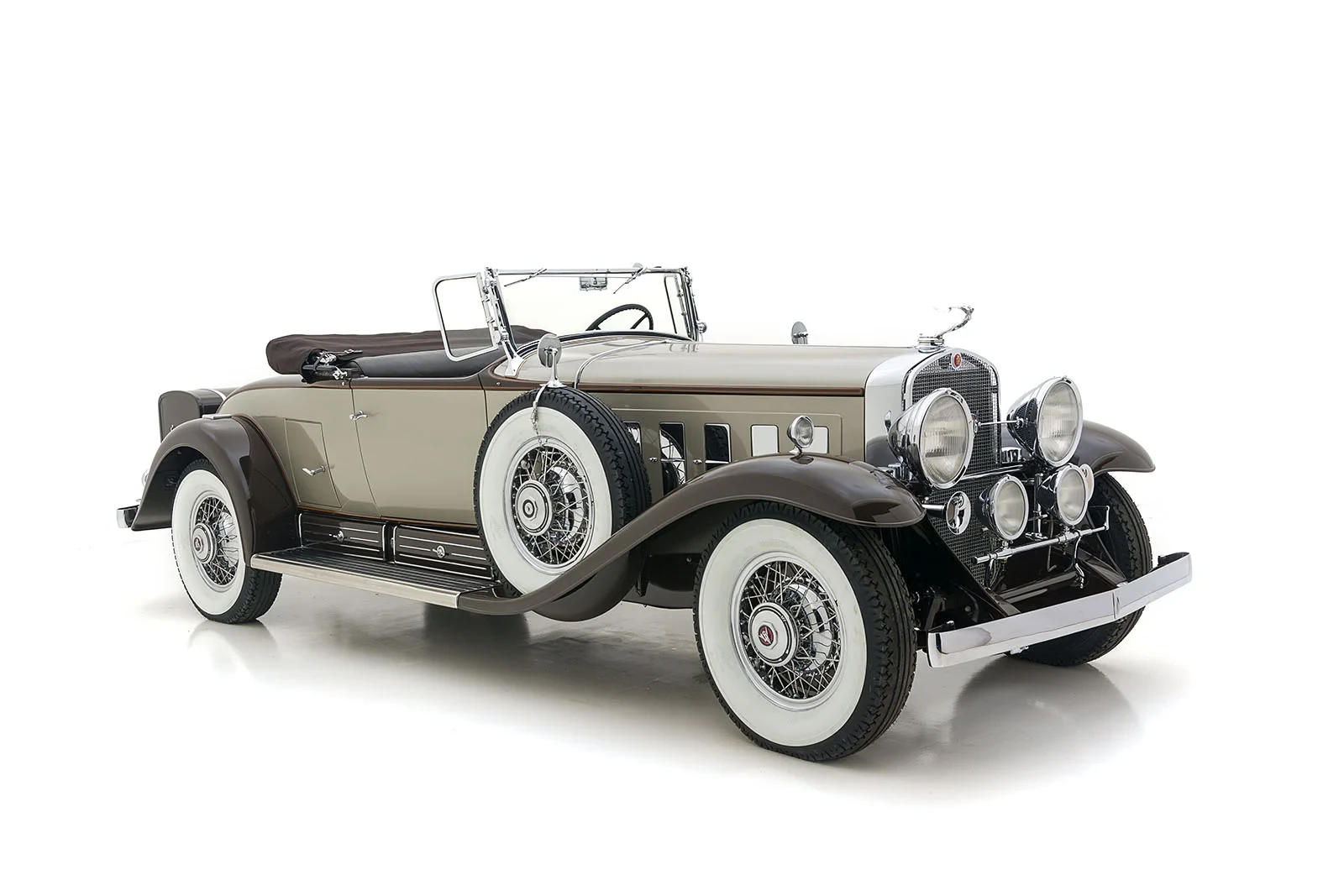
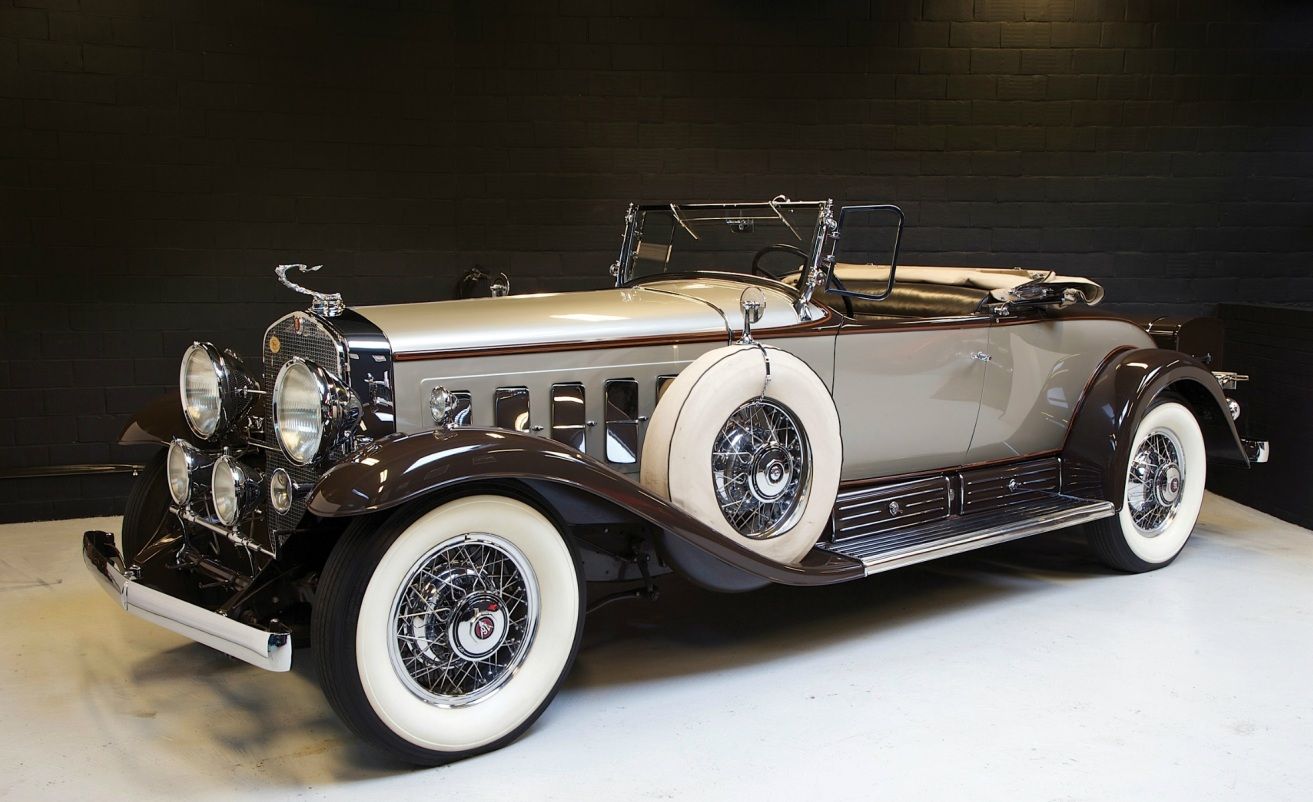





 Agriculture, forestry, livestock, fishing
Agriculture, forestry, livestock, fishing

